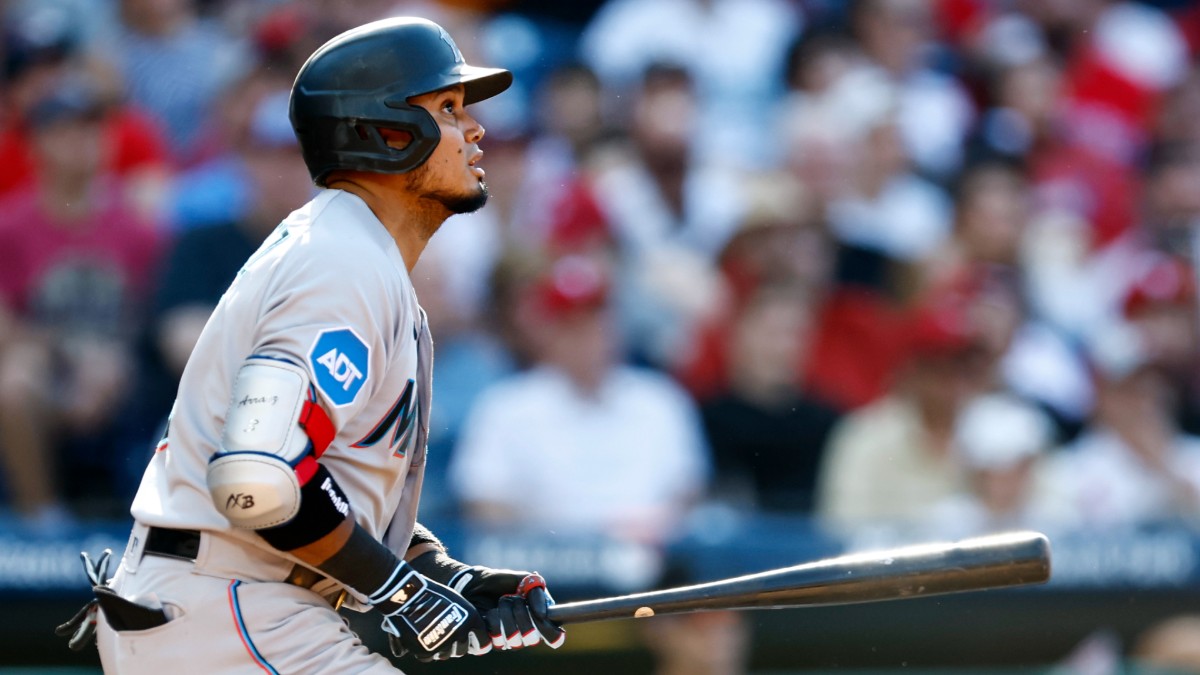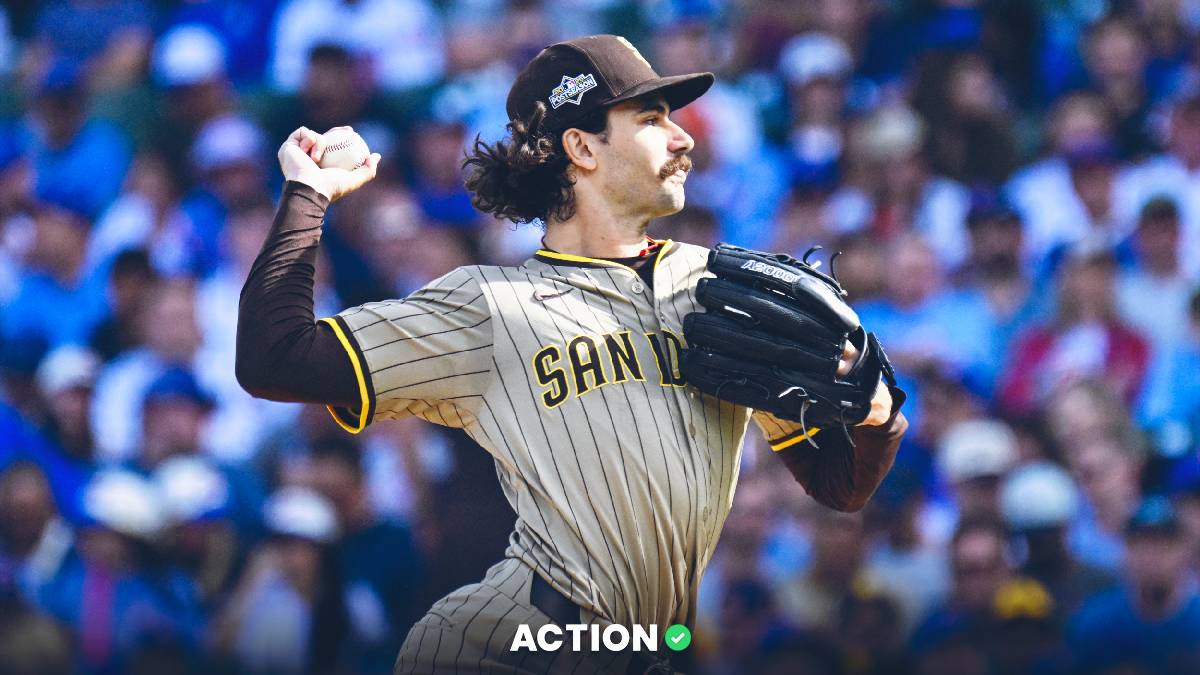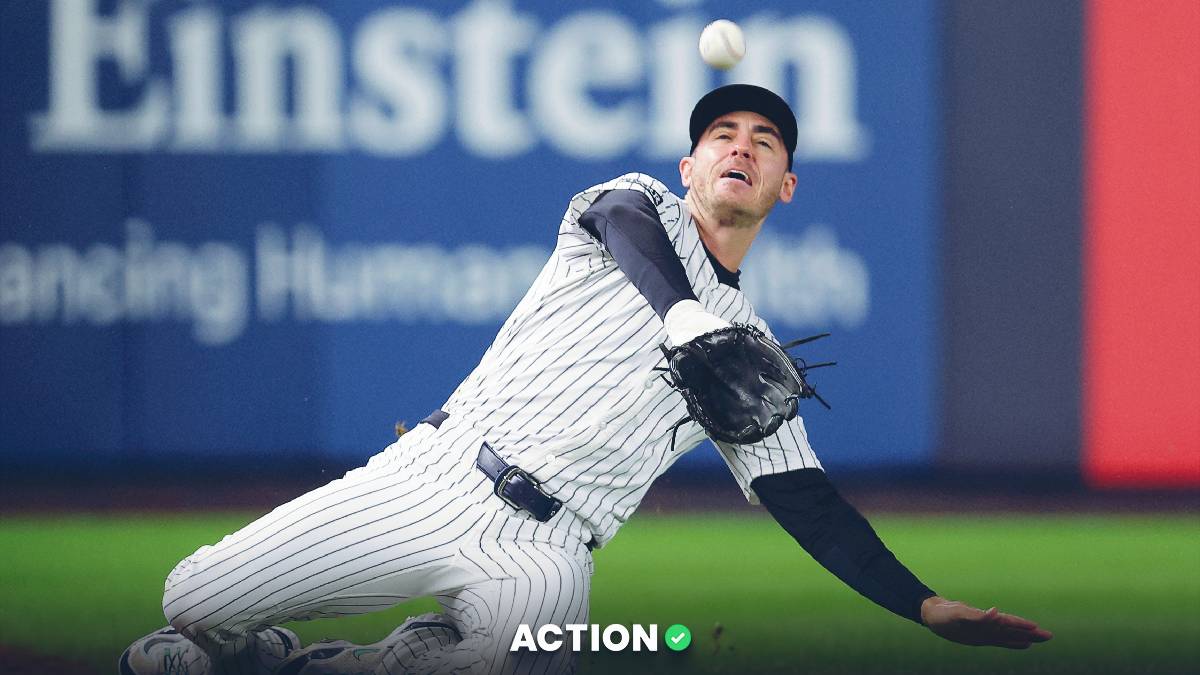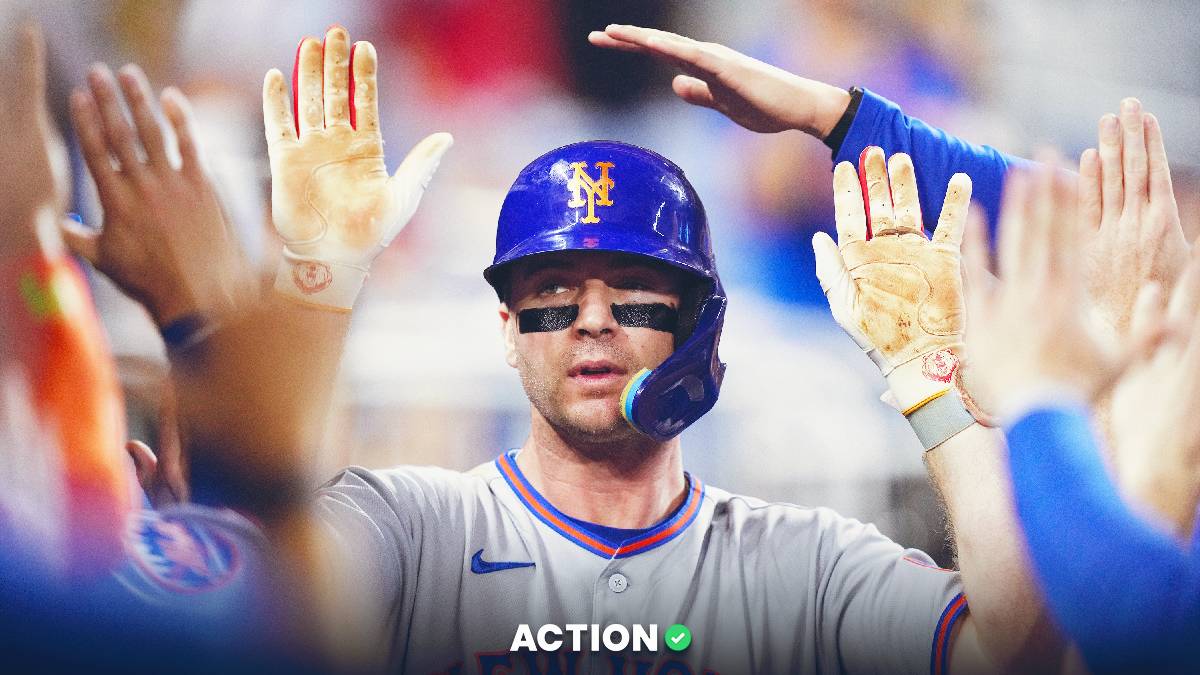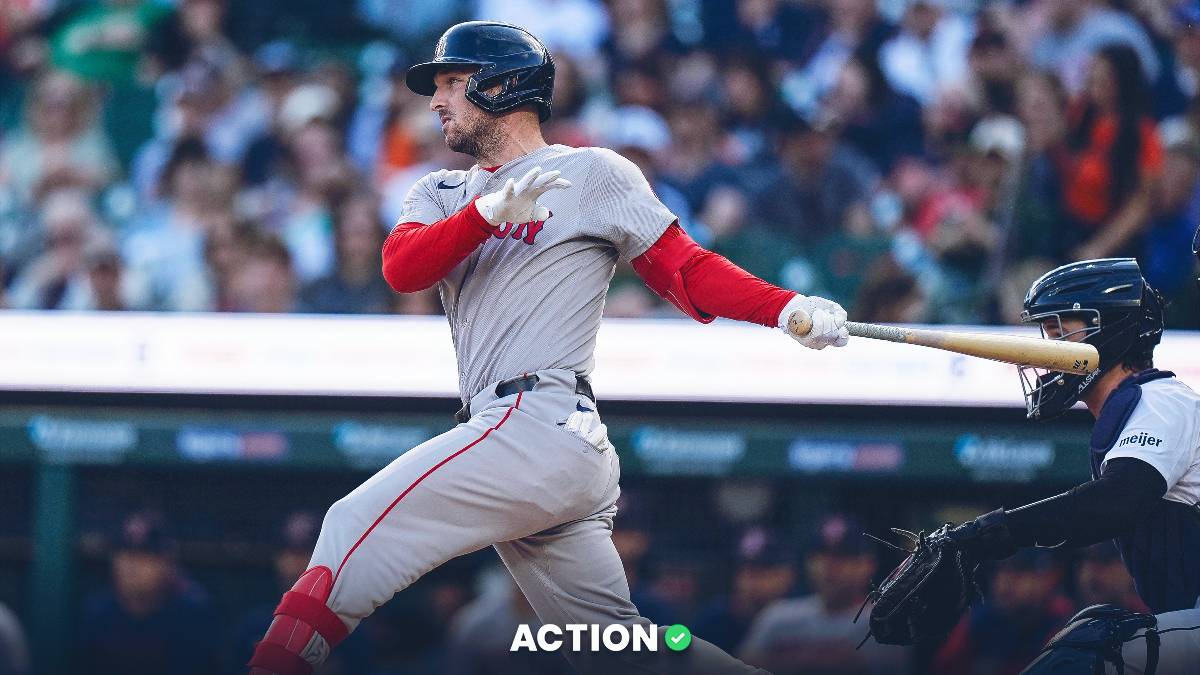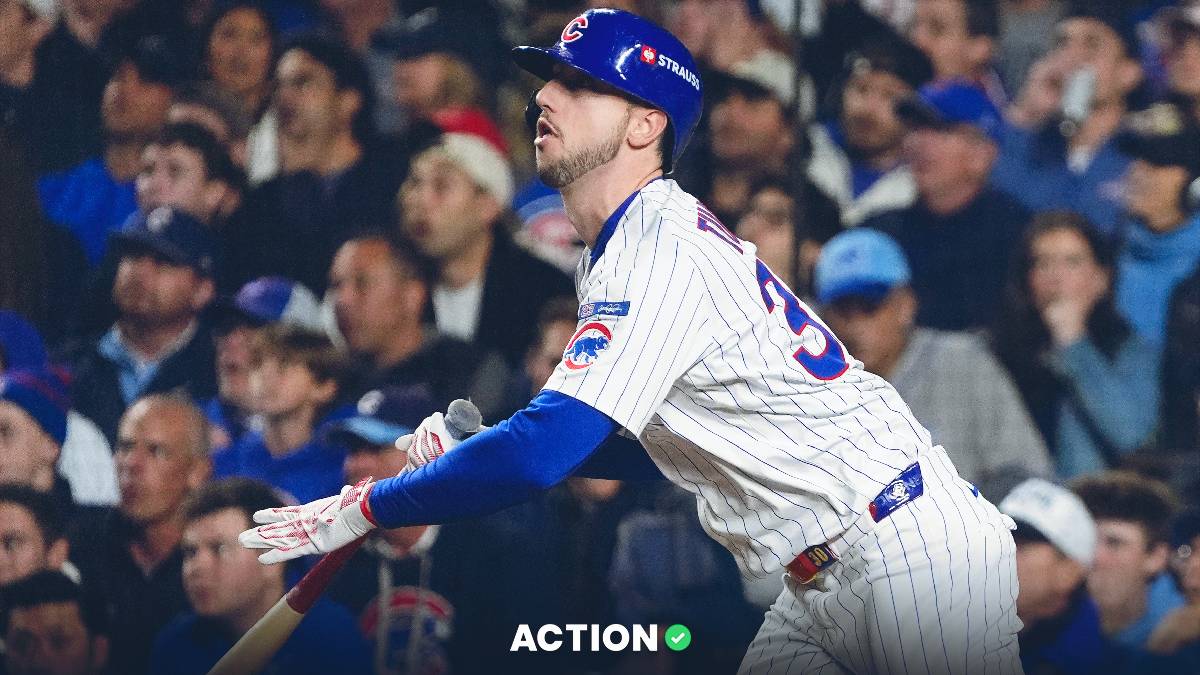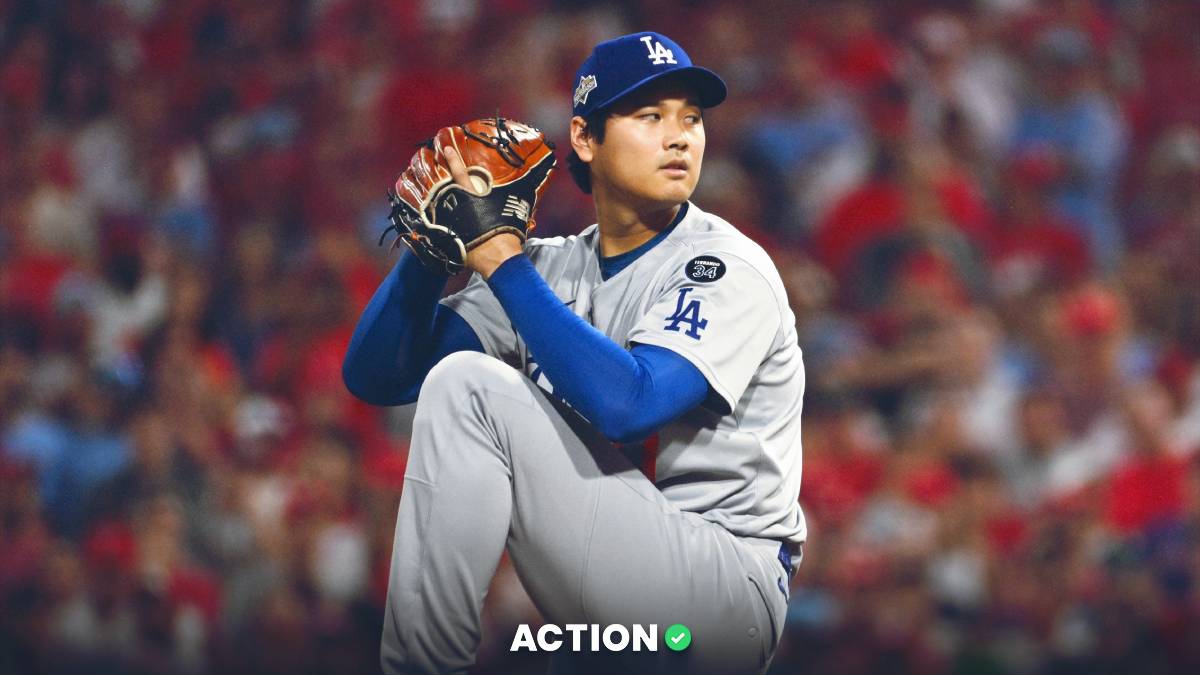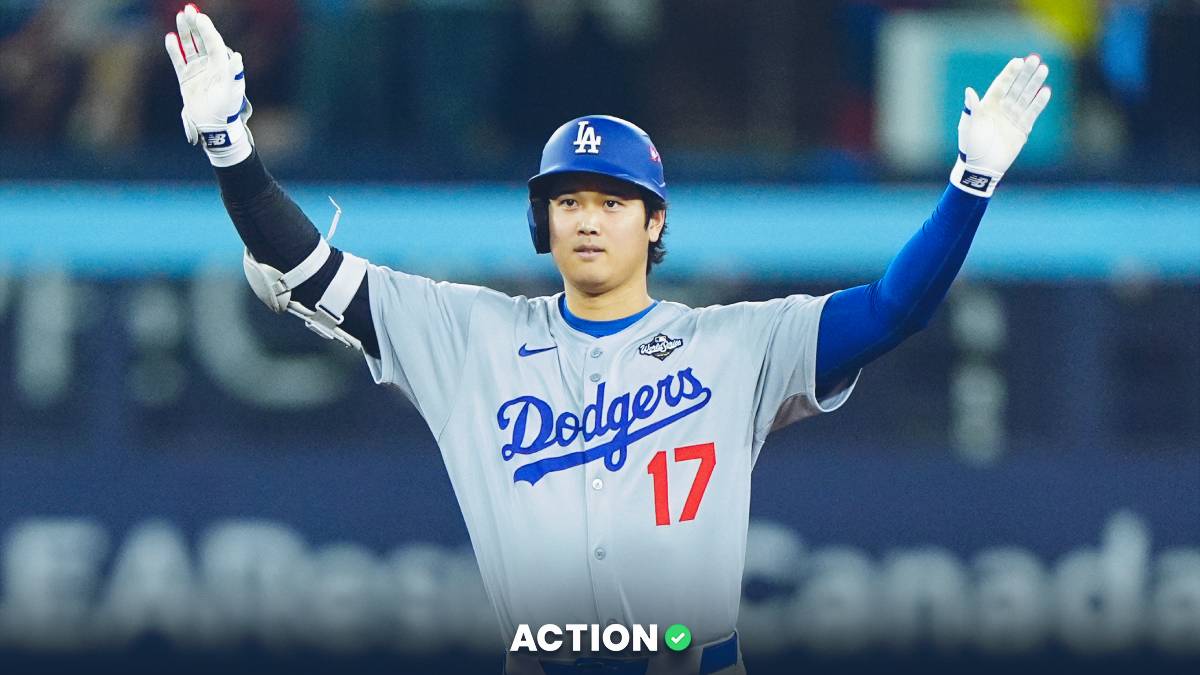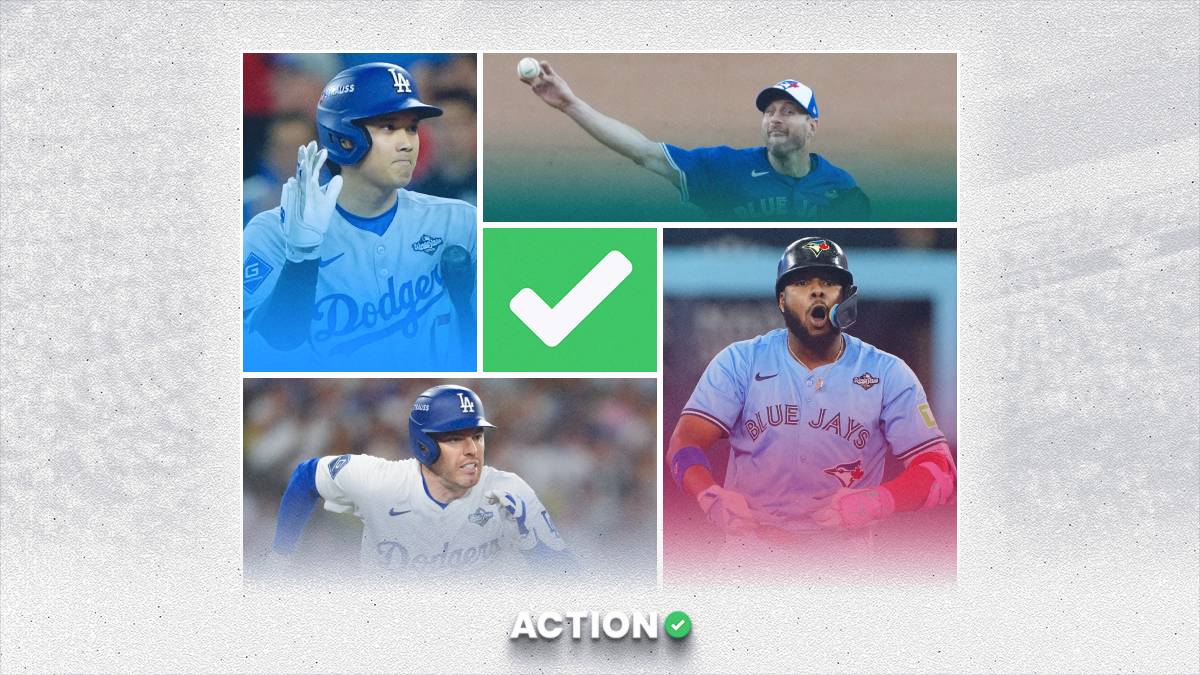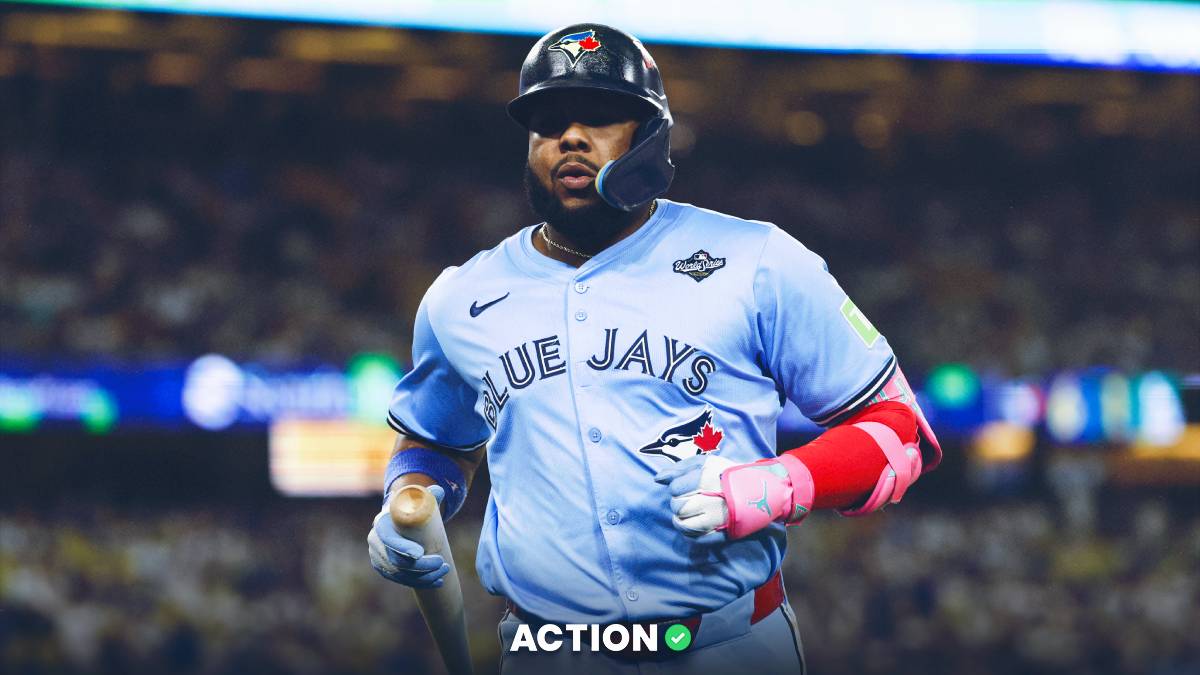Once a week, I’ll be diving deep into some of MLB’s best, worst and most interesting characters. I’ll break down their past, current and projected performance to see if there’s any betting value surrounding that player or his team.
Today, we’re looking at the contact wunderkind, Luis Arraez.
Player Background
Arraez always had a knack for contact. His 23.3 PA/K ratio for the GCL Twins in 2015 was the third-highest in the minors that season.
Nevertheless, the Venezuelan international free-agent signing got all the criticism you would expect. He’s a 5-foot-10, 175-pound contact specialist in a swing-and-miss world, so his scouting reports were never overly optimistic.
As the 2019 edition of Baseball Prospectus said:
“Tremendous feel for putting the bat on the ball and for the strike zone make Arraez an interesting prospect, but his lack of power and a serious knee injury have dimmed that star.”
Some of the criticism is warranted, but it’s been clear since the moment Arraez was called up that he’d be fighting for a batting title year in and year out.
Arraez actually won the title on his first try, he just didn’t have enough at-bats to qualify for said batting title. He hit .334 in 366 PAs during 2019, recording over 100 hits across the 92 games.
Of course, once he did qualify, Arraez never looked back. He smacked 173 hits for a .316 average with the Twins in 2022, earning the AL batting title and his first All-Star appearance.
He also recorded the lowest qualified strikeout rate by a batter in a full season since 2015 (more than 2% better than second place), comprised of a 93% contact rate and an absurd 90.1% contact rate on pitches outside the zone.
The king of contact had arrived, and the completely absent power metrics ceased to matter.
And in a post-shift world, Arraez might be the most valuable hitter in Major League Baseball.
Arraez's Stuff
Again, Arraez is 5-foot-10, 175 pounds. For lack of a better description, he’s short and stocky, which is not exactly the makeup of a high-level professional athlete.
So, instead of a full-body, swing-and-miss approach, Arraez generates “power” from his hands and wrists. He boasts excellent body control, remaining remarkably still in the box until the ball approaches the plate.
Arraez’s unique approach allows him to track pitches later than almost every MLB hitter. He can hit the baseball closer to the plate, creating a low-strikeout, high-contact profile.
As Twins broadcaster Roy Smalley put it: “His contact point, his implicit idea of where he wanted to make contact with the ball, tends to be much closer to the plate than most guys.”
The biggest advantage of this approach is the ability to spray the field, thereby beating the shift. Arraez has always sprayed the field, picking up hits down the first-base line, through the middle, over the shortstop’s head and in every gap imaginable.
 |
But Arraez is not simply a contact-only batter. He combines his contact-heavy approach with supernatural control of the strike zone.
Arraez seldom swings at pitches out of the strike zone and is happy to take as many pitches as needed.
As a result, he’s walked more than he’s struck out at every level of professional ball he’s played.
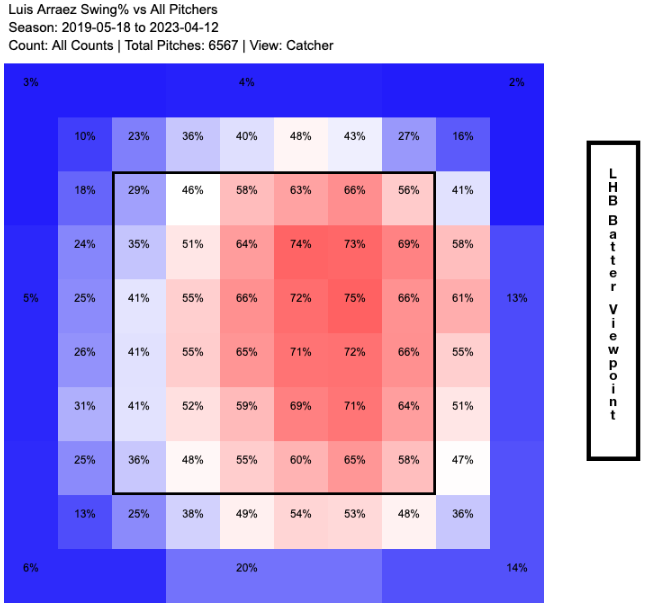 |
Ultimately, the sum of Arraez’s parts is a hitter with unprecedented plate discipline and bat-to-ball skills.
And I’m not sure if we’ll ever see this combination again.
Of course, Arraez’s approach comes with a major downside — zero power.
Arraez has a career .099 ISO, having smacked just 15 home runs in over 1600 plate appearances. He’ll never post exit velocities like Oneil Cruz, will never boast solid barrel or hard-hit rates and likely will never smack double-digit homers in a season.
That said, Arraez’s approach does lead to a remarkably consistent amount of medium hard-hit line-drive balls.
Since being called up in 2019, only Myles Straw has a higher medium-contact rate than Arraez’s 60.2%, and only three batters have a lower soft-contact rate than his 10.3% (Aaron Judge. Joey Votto, Matt Carpenter).
And that’s where Arraez’s true value comes from.
He’s an unbelievably patient and skilled line-drive hitter who will always drive balls into gaps, whether that results in Statcast-worthy highlights, extra-base hits or regular old get-on-base singles/walks.
Maybe the best example of Arraez’s all-around arsenal is this plate appearance from 2019.
Arraez had to enter the game in the bottom of the 9th against Mets’ closer Edwin Diaz in an 0-2 count, as teammate Jonathan Schoop injured himself following a one-strike swing.
A rookie Arraez enters the game against Diaz’s elite MLB closer stuff and proceeds to foul off four two-strike pitches and force a 3-2 walk.
See how Arraez can make contact so late, even against a 99mph fastball? And notice how he manages to lay off every outside fastball, even when it's an inch off the plate?
That’s why Arraez is so good. Nobody controls the strike zone and makes consistent contact better, and he can do it against any pitcher or any pitch in baseball.
Results, Projections
The two big criticisms of Arraez during his ascension to stardom have been his lack of power and platoon splits.
So, are those things improving this year?
It’s a small sample size, but one could argue Arraez has taken a step forward in both categories.
First, Arraez is smacking around both right-handed and left-handed pitchers. He’s recorded a .444 average and .944 OPS against southpaws compared to a .514 average and 1.328 OPS against righties.
There’s a good-sized split, and Arraez is bound to regress slightly. But at the minimum, he's producing against both sides.
Second, Arraez has started the season hitting balls slightly harder. His avg. EV is up slightly year-over-year, and after recording an extra-base hit in just 7.3% of at-bats last year, that number is up to 13% across 52 2023 PAs.
Either way, it’s impossible to discount Arraez’s on-field production, whether his power and platoon improvements continue or regress.
The post-shift MLB helps Arraez, and his profile fits better at LoanDepot than Target Field. But the most remarkable part of Arraez’s season is that he’s doing everything he’s always done and doing it better than ever.
Arraez is on pace for a career-high contact rate and walk rate, alongside a career-low strikeout rate.
There’s a legit chance that Arraez records a 95% contact rate while striking out less than 40 times in over 150 games this year.
And guess what? Arraez is second among MLB hitters in wRC+ (237) and fourth in fWAR (0.9). His .537 average is the seventh-highest in the live ball era for a player in his first 12 games of a season.
Arraez just hit for the cycle on Tuesday, the first one in Marlins history.
Last night, Luis Arraez hit for the first cycle in Marlins franchise history.
His batting average is now up to .537. pic.twitter.com/DUdx4MR8h8
— The Twins Almanac (@TwinsAlmanac) April 12, 2023
Arraez's performance on Tuesday is the perfect example of his skill set. He pulled two hits and smacked the other two the opposite way (including a surprising opposite-field home-run), making solid contact with two outside fastballs, one super-high fastball and a below-the-zone breaking ball.
The Twins-Marlins Pablo Lopez for Arraez trade might be one of those deals where both teams win. Lopez’s new sweeper-heavy approach has drastically upgraded the Twins’ rotation, while Arraez has single-handedly raised the Marlins’ wRC+, batting average and OBP all by over 20 points.
Projections are unanimous that Arraez will bat .300 while walking more than he strikes out. ZiPS is the most optimistic, suggesting that Arraez records a 133 wRC+ and 4.2 fWAR.
I will say his defensive metrics are murky. Baseball Prospectus and Fielding Bible have always graded his defense as above average, but he’s never cracked the 15th percentile in Statcast’s outs above average metric.
But Arraez largely passes the eye test, so I’ll give him a pass here.
Value
Projecting Arraez going forward is tough, as he may have hurt his hand against Philly.
But I’ve seen no official report placing Arraez on the sidelines, and he's looked good, so I will remain optimistic (no injury) for the remainder of this column.
There’s no question Arraez’s presence raises the Marlins’ ceiling significantly. The Marlins finished 24th in contact rate last season with the ninth-highest chase rate, striking out nearly a third of the time by the end of the season.
Arraez also gets on base, and other Marlins have, surprisingly, driven him in. Arraez’s seven runs are the highest on the team and represent 17% of the total runs scored by Miami this year.
But that’s just the problem. Arraez has helped the Marlins get to 6-7 in the standings and was a huge part of the recent series win over Philadelphia, but the underlying statistics are a bit troubling.
The Marlins have a -26 run differential, good for a 4-9 Pythagorean record. The Marlins currently boast the third-lowest xBA and sixth-lowest xwOBA in MLB, alongside the 13th-highest BABIP.
I have to wonder: does Arraez’s small-ball, high-BABIP, contact-heavy style help the Marlins overachieve their peripherals? Or will the Fish regress into the offensive basement, as their peripherals suggest?
Arraez is, at the minimum, a unique ballplayer. He probably won't hit .500 for the rest of the year, but he’ll be fun to watch.


